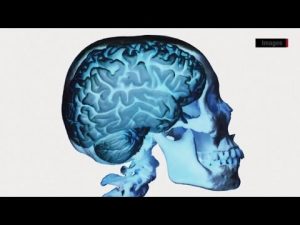What is Diabetes? | Physiology | Biology | FuseSchool What does diabetes mean to you? Something to do with sugar right? Would you be shocked if I told you that every 6 seconds someone dies from diabetes? One in 11 adults worldwide has diabetes, with 1 in 2 not being diagnosed. So it is important that we all know what it is, how it can be detected and how we can control it. Diabetes is a condition where the levels of blood glucose are too high, because the body cannot use it properly. This could be because the pancreas doesn’t produce enough, or any, insulin, or the insulin is not working properly. Insulin helps glucose leave our blood and enter into our bodies cells. Let’s have a look at this process in a little more detail. Your body digests carbohydrates, breaking it down into glucose. Your liver also produces glucose. Insulin is a hormone produced by the pancreas that allows glucose to enter into our body’s cells. Here it is used to provide energy to undergo our normal life processes, like growth and repair. If you have diabetes, your body cannot make proper use of this glucose and so it builds up in the blood and cannot be used by cells. There are two main types of diabetes: type 1 and type 2. Type 1 is when there is no insulin at all, whereas type 2 is when there is insulin present but either there isn’t enough or it isn’t working properly. Type 1 diabetes is an autoimmune response, where the body destroys its own insulin-making cells. This type has nothing to do with diet or lifestyle, and currently there is no cure – just daily treatment on insulin injections or pumps. The symptoms of type 1 diabetes are thirst, needing to regularly pass urine, tiredness and weight loss, and can occur very suddenly. Without any insulin, the glucose cannot enter the cells so the cells cannot use it for energy. Therefore, the body has to break down fats to use that for energy instead, and hence weight loss. Whilst type 1 diabetes can appear at any age, it usually appears before the age of 40 and type 1 accounts for most cases of childhood diabetes. Type 2 diabetes usually appears in people over the age of 40, but it is becoming more common in children and younger people. It accounts for between 85 and 95 percent of all diabetes and is treated with a healthy diet and regular exercise. Medication and / or insulin are also often used. Where the development of type 1 diabetes is often sudden and dramatic, the symptoms for type 2 are much more mild, making it harder to detect. There are some key risk factors associated with type 2 diabetes. Due to the risk factors, you may not be surprised to hear that lifestyle changes can help prevent the development of type 2 diabetes by achieving a healthy body weight. 30 minutes of exercise a day can reduce your risks of developing type 2 diabetes by 40%. So now you should know the differences between type 1 and type 2 diabetes, and that by maintaining a healthy lifestyle you can reduce your risk of getting type 2 diabetes. SUBSCRIBE to the FuseSchool YouTube channel for many more educational videos. Our teachers and animators come together to make fun & easy-to-understand videos in Chemistry, Biology, Physics, Maths & ICT. VISIT us at www.fuseschool.org, where all of our videos are carefully organised into topics and specific orders, and to see what else we have on offer. Comment, like and share with other learners. You can both ask and answer questions, and teachers will get back to you. These videos can be used in a flipped classroom model or as a revision aid. Find all of our Chemistry videos here: https://www.youtube.com/playlist?list=PLW0gavSzhMlReKGMVfUt6YuNQsO0bqSMV Find all of our Biology videos here: https://www.youtube.com/playlist?list=PLW0gavSzhMlQYSpKryVcEr3ERup5SxHl0 Find all of our Physics videos here: https://www.youtube.com/playlist?list=PLW0gavSzhMlTWm6Sr5uN2Uv5TXHiZUq8b Find all of our Maths videos here: https://www.youtube.com/playlist?list=PLW0gavSzhMlTKBNbHH5u1SNnsrOaacKLu Instagram: https://www.instagram.com/fuseschool/ Facebook: https://www.facebook.com/fuseschool/ Twitter: https://twitter.com/fuseSchool Access a deeper Learning Experience in the FuseSchool platform and app: www.fuseschool.org Follow us: http://www.youtube.com/fuseschool Befriend us: http://www.facebook.com/fuseschool This is an Open Educational Resource. If you would like to use the video, please contact us: [email protected]
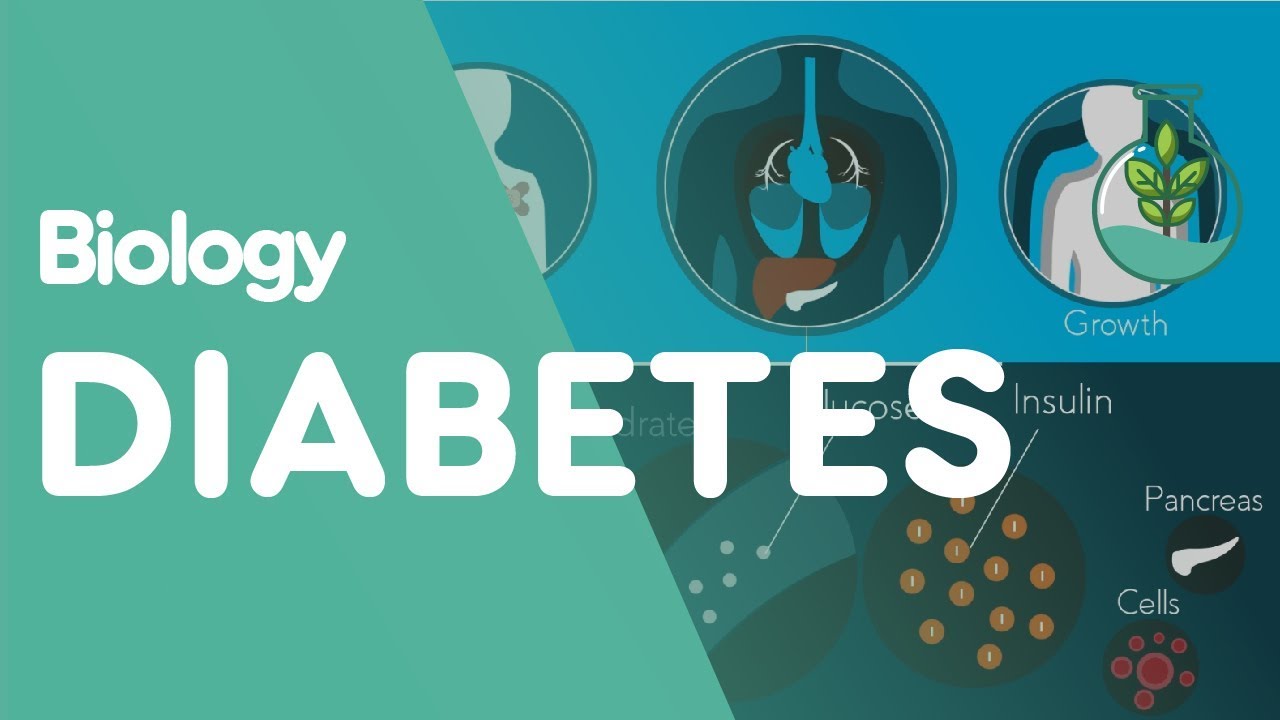
What is Diabetes? | Physiology | Biology | FuseSchool
- Post author:
- Post published:May 23, 2021
- Post category:Uncategorized
- Post comments:0 Comments
You Might Also Like
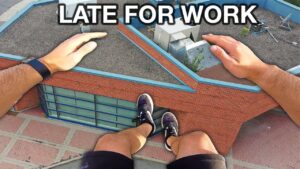
Parkour Video – 4
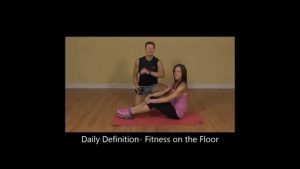
Daily Definition: Fitness on the Floor

Kriya Video – 5
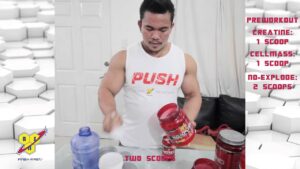
Pre and Post Workout shakes preparation by Joseph Ferandez IFBB Pro
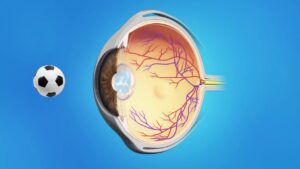
Laser Surgeries Video – 4

This is Diabetes
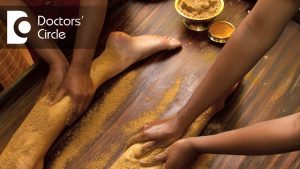
Ayurvedic treatment for Arthritis – Dr. Saritha Nair
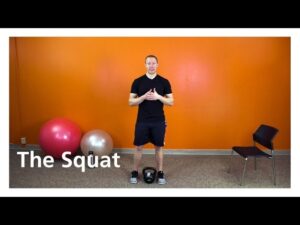
Muscle Building Workout & Squats Video – 1
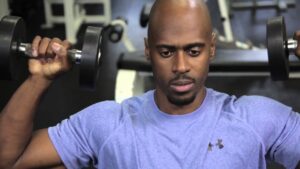
ACE Study Reveals Best Shoulder Exercises
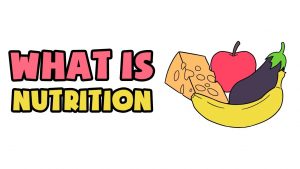
What is Nutrition | Explained in 2 min
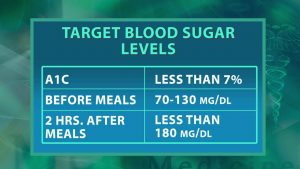
Diabetes Patient Education

JM PRESS: Skullcrusher + Close Grip Bench Hybrid- Effective and Safe Tricep Exercise
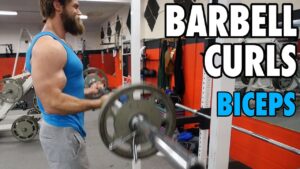
BARBELL CURLS | Biceps | How-To Exercise Tutorial
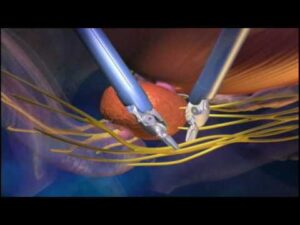
Robotics Surgeries Video – 3

What medications are safe to take during pregnancy? – Dr. Shefali Tyagi
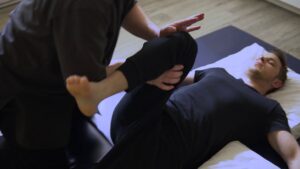
Thai Massage Video – 3
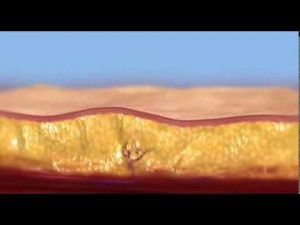
Body Fat Reduction Animation
Pharmacology
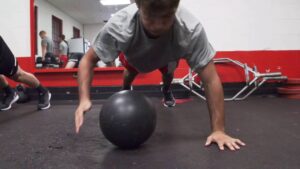
RVision: Rutgers Wrestling Offseason Strength Workout
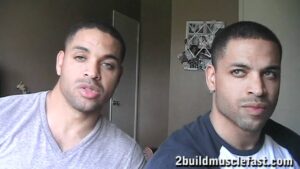
Bodybuilding Tip Importance of Water & Staying Hydrated When Trying To Build Muscle @hodgetwins
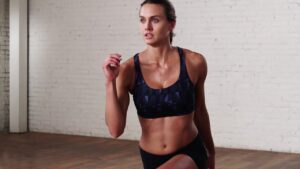
Bowflex® Bodyweight Workout | Five-Minute Cardio Blast Workout
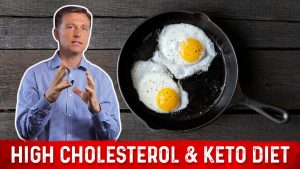
High Cholesterol on a Ketogenic diet? | Dr.Berg on Keto and Cholesterol

Triglyceride Catabolism
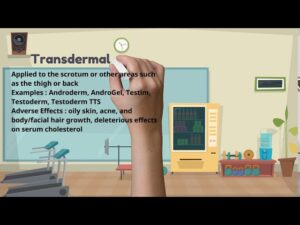
Anabolic Androgenic Steroid Misused

Psychosomatic Medicine Video – 1
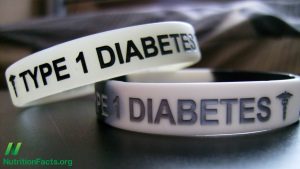
Does Bovine Insulin in Milk Trigger Type 1 Diabetes?

Arm Workout Tips | Hammer Curls | Biceps Workout

Best way to workout chest
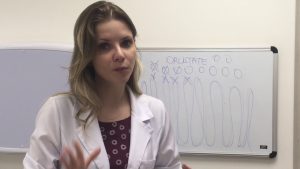
Orlistate: como funciona o medicamento para perda de peso
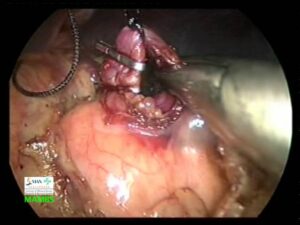
Laproscopic Surgeries Video – 5
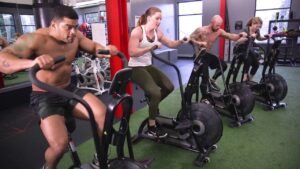
StairMaster HIIT Programming Solutions

Cholesterol Lipid Panel Screening Procedure

Best pre workout Meal and Drink for Power Stamina Energy ! bodybuilding tips
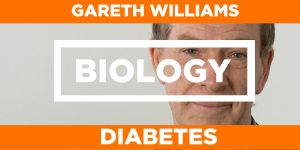
BIOLOGY – Gareth Williams – Diabetes
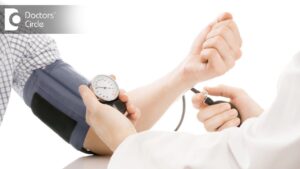
Causes and prevention of High Blood Pressure in young people – Dr. Surekha Tiwari
Cycles Medicines

HGH, Growth Hormones & Plant Hormones Video – 4
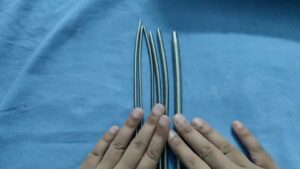
Gynecology Video – 4

Holistic Spa Video – 4
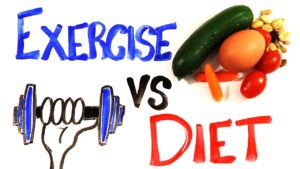
Exercise vs Diet
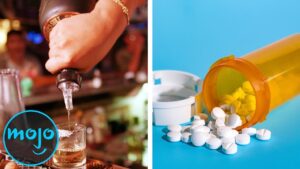
Addictive Substances Nutrition Video – 2
